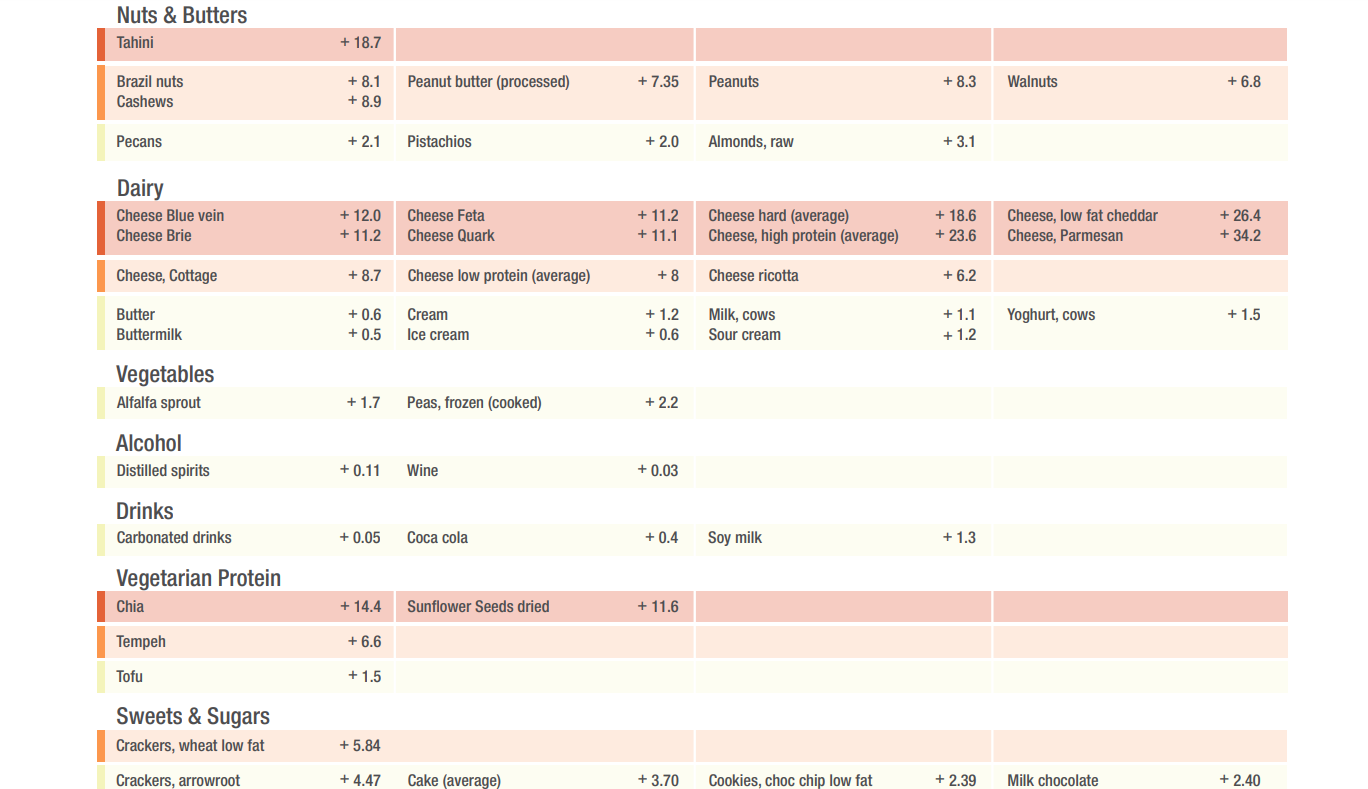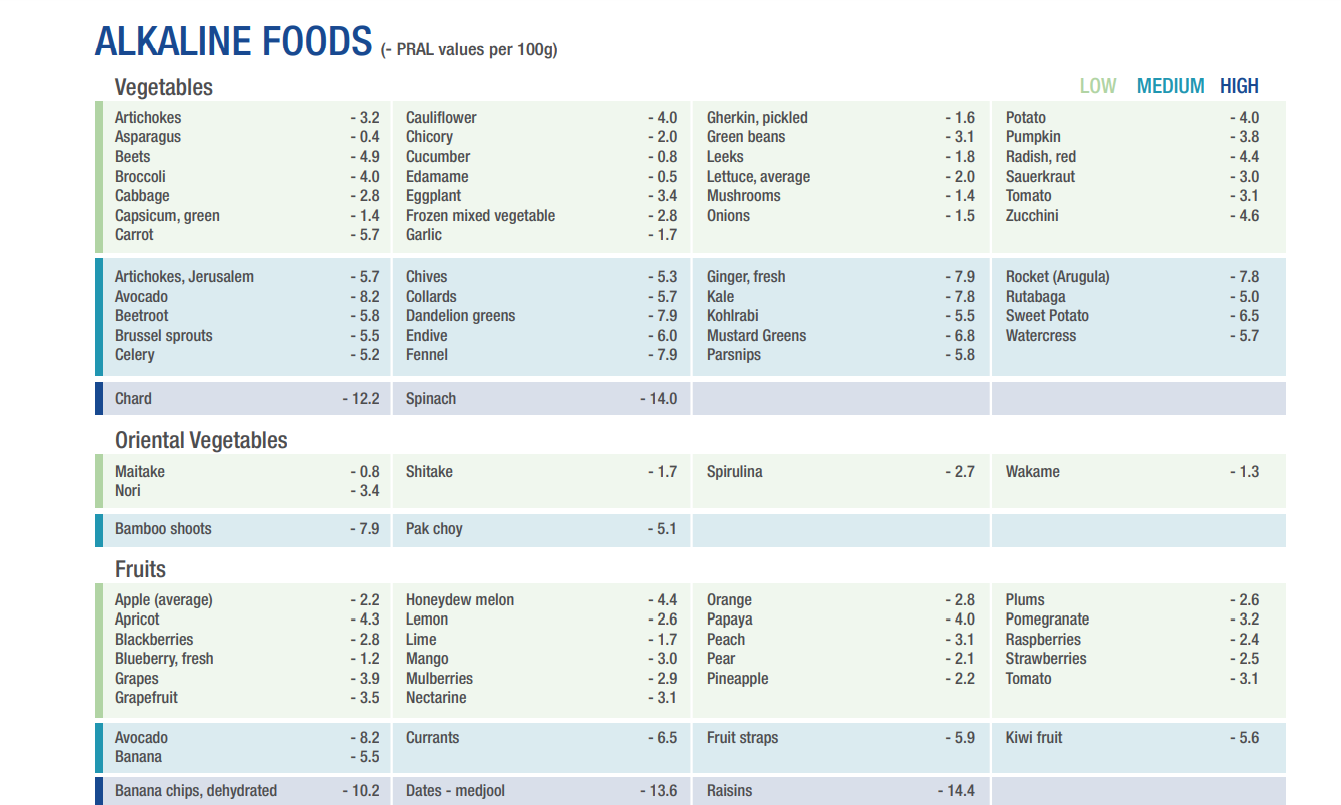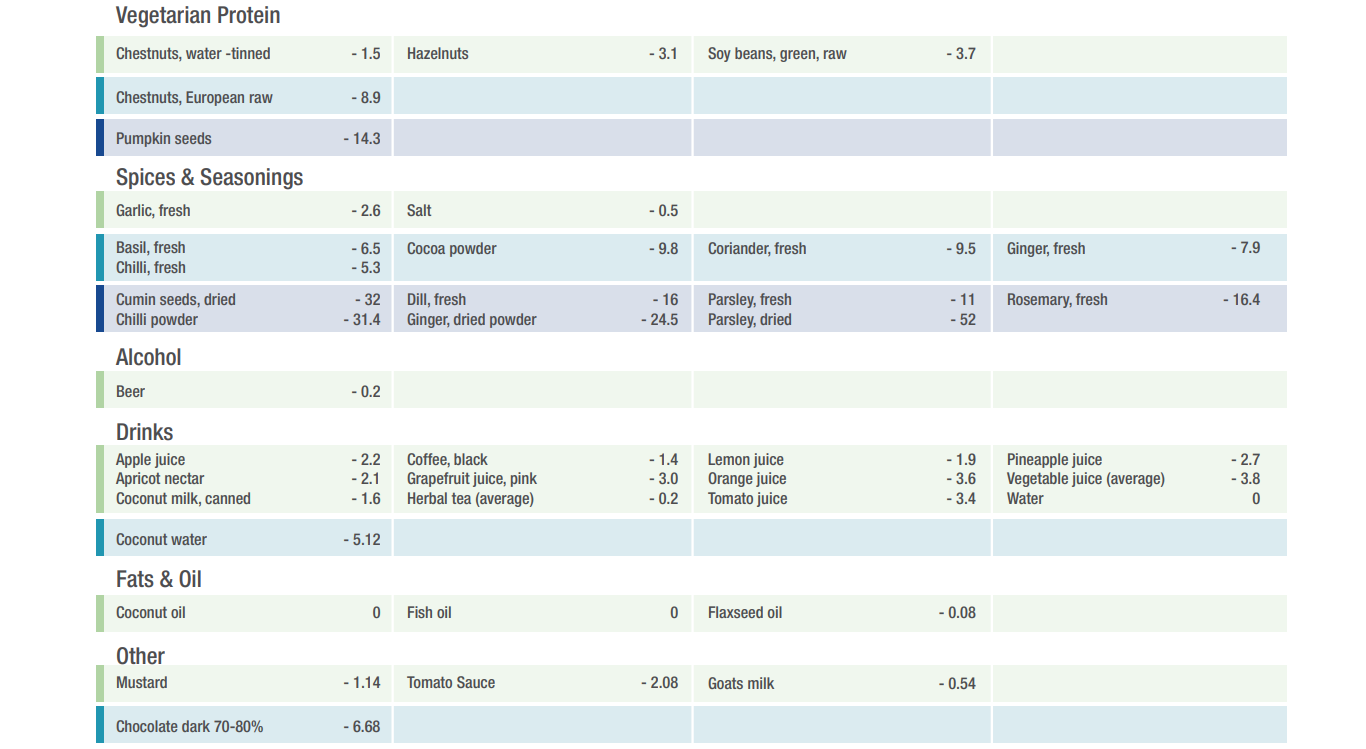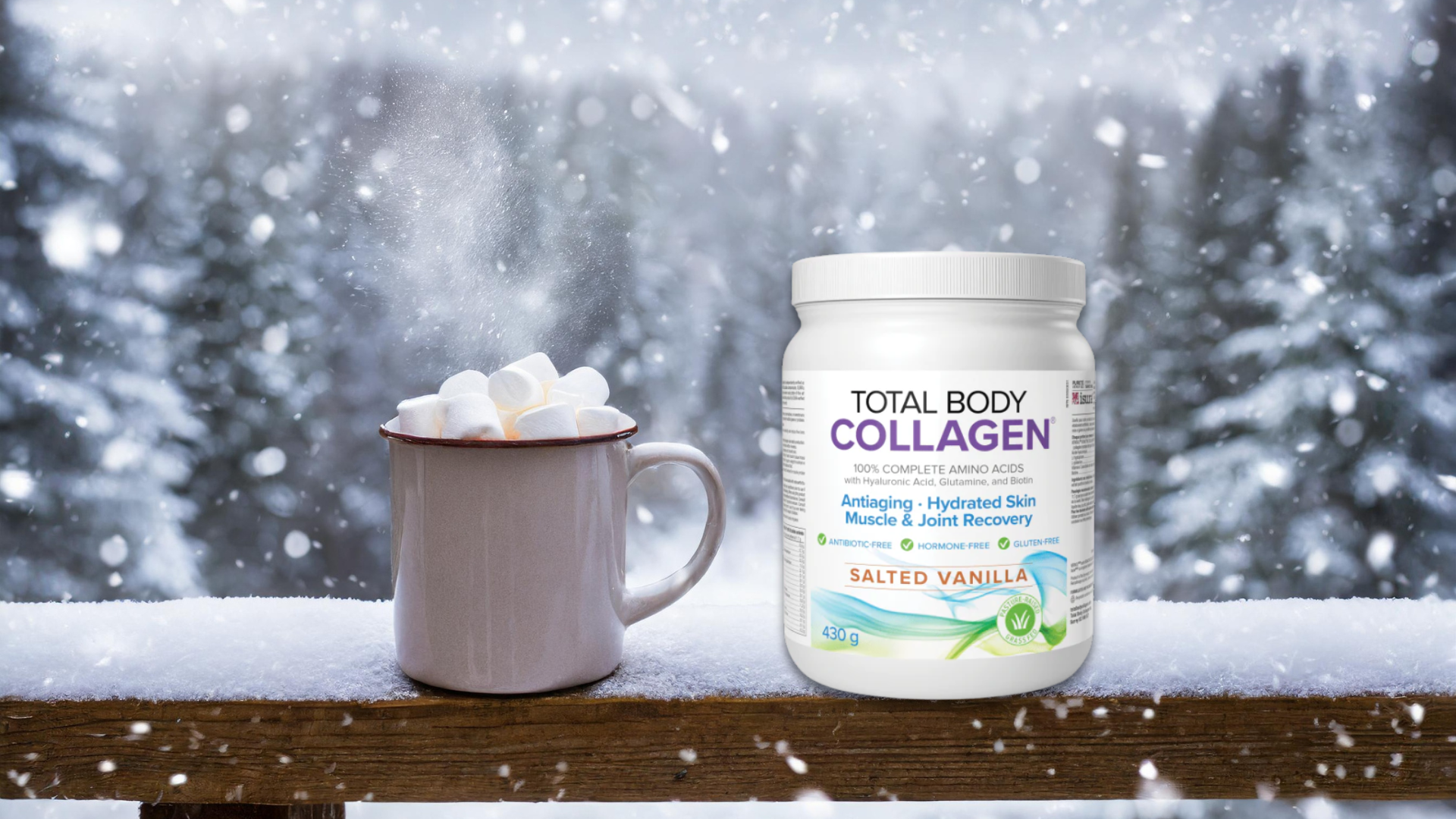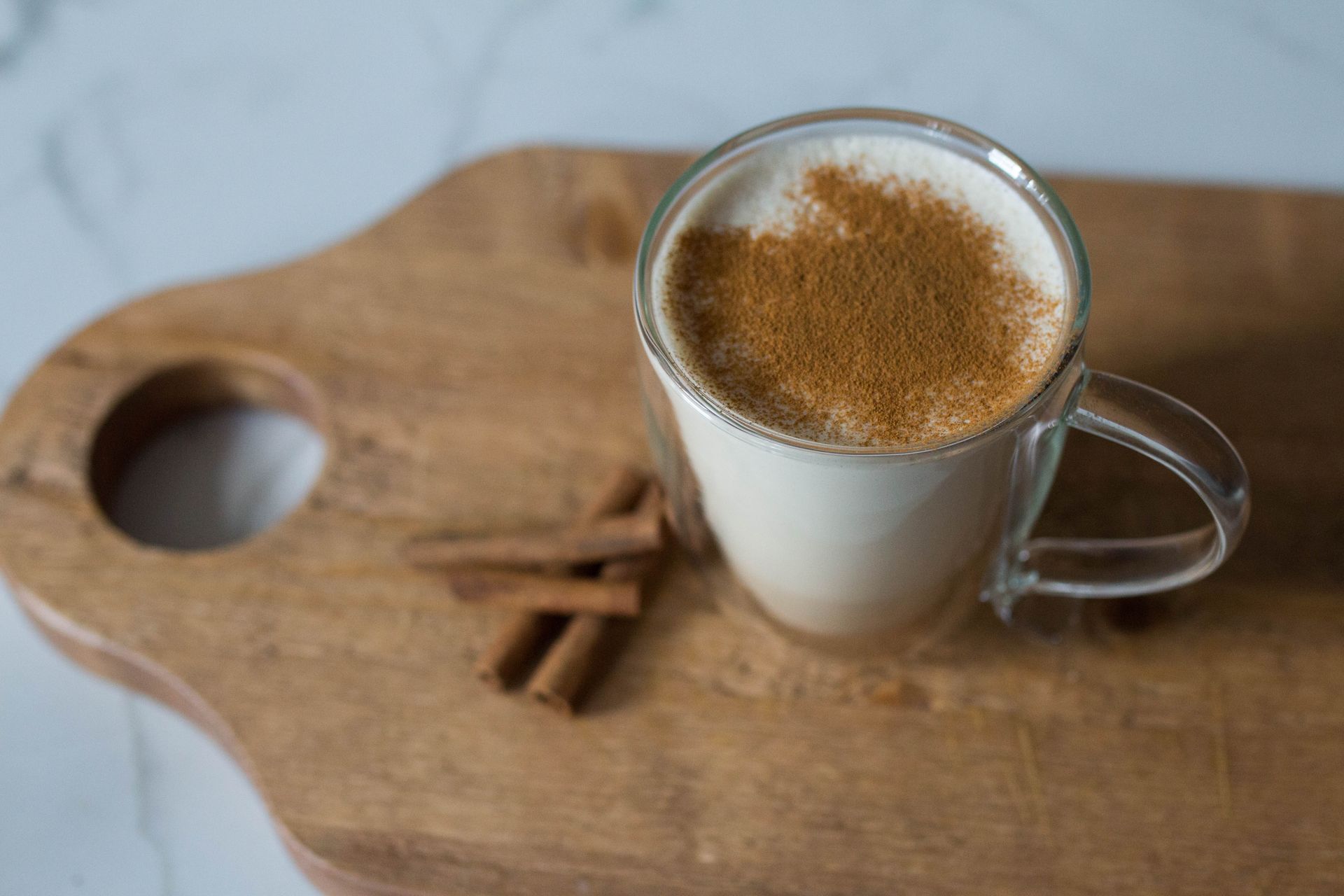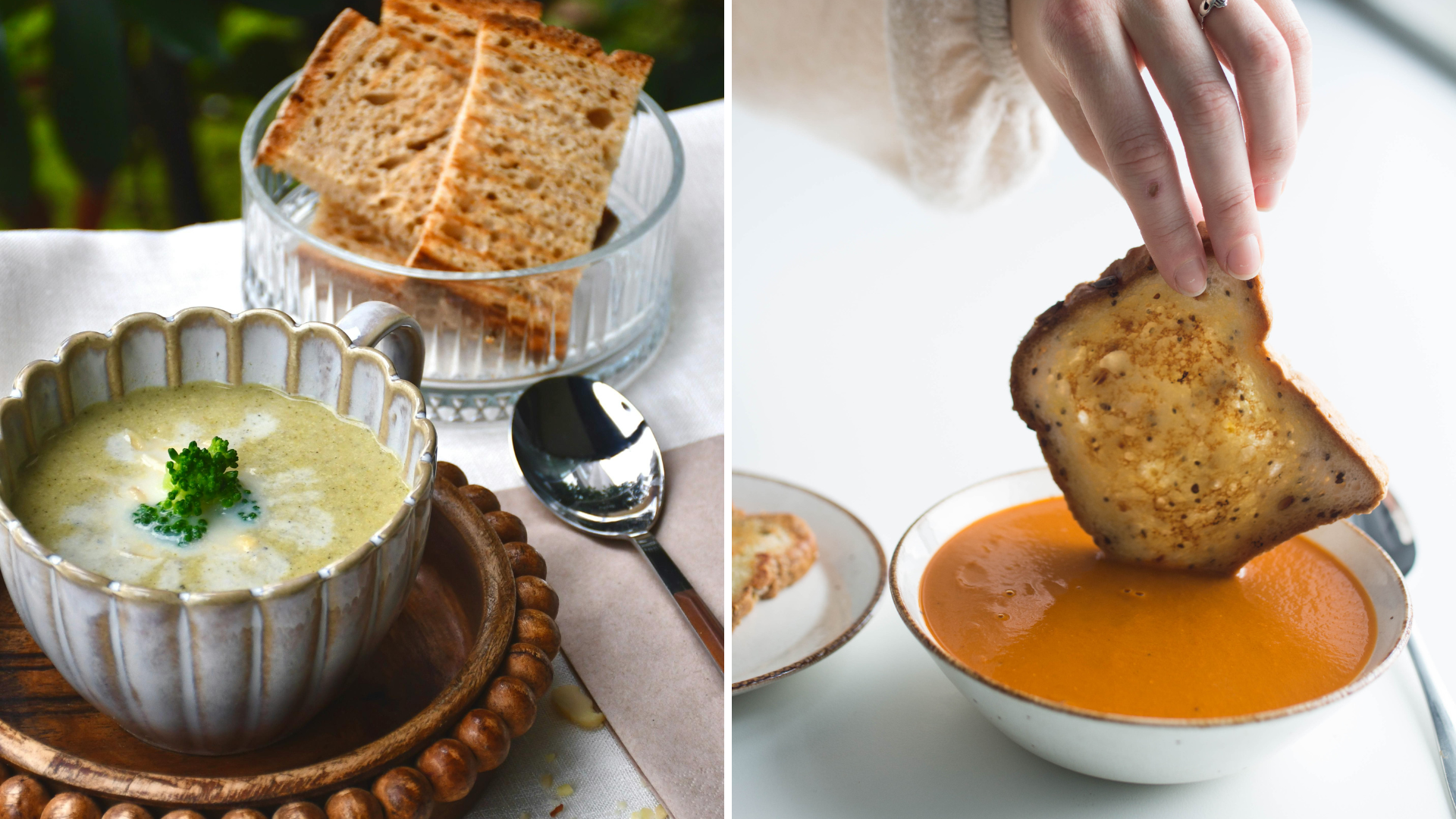The PRAL Table
The PRAL Table: Understanding Acid-Alkaline Balance in Your Diet
PRAL stands for: Potential Renal Acid Load and it measures the amount of acid from foods that kidneys have to deal with.
All foods have an acidic or alkalizing effect in the body, but it is crucial to know whether your diet is more acidic or alkaline, as having too much acid is linked to chronic disease and bad health. Current Western diets are characterized by a high DAL (dietary acid load), due to large amounts of animal protein and processed foods. A chronic low-grade metabolic acidosis can occur following a Western diet and is associated with increased morbidity and mortality
Many scientific studies have validated the accuracy and usefulness of the PRAL Table in estimating the acidic load of any given diet. Additionally, it has been found to help individuals reach more nutrition goals.
The PRAL allows us to analyze our acid intake and take the appropriate steps to include more alkalizing foods and supplements, if necessary. It is not a diet but a guide for you to determine your acid/alkaline balance.
How the PRAL Table Assesses Dietary Acid Load
If we are eating a highly acidic diet, it will effect our kidney's ability to excrete the acid. This type of imbalance has been linked to poor health and chronic disease if it goes on long-term. Lowering dietary acid load has been studied for its impact on lowering the risk of kidney disease.
Guidelines to using the PRAL Table
- The PRAL Table is a guide to assess the general acidity/alkaline nature of someone’s diet; it is a not dietary plan.
- Values listed on the PRAL Table are based on 100g of the food.
- Values can vary due to cooking methods, food variety, growing conditions, season.
Balancing Your Diet: Aiming for Optimal PRAL Levels
1. Calculate the total grams of each food.
2. Compare to the PRAL Table, which is based on 100 grams, to find an approximate PRAL value for each food.
3. To get the total PRAL value of the meal, add up all the acidic values, and then minus all of the alkaline values, marked with a minus (-).
4. The final is the approximate PRAL value of the meal. Please see the example below, which shows that overall this meal is acidic (having an overall positive PRAL value) and could benefit from adding more alkalizing foods, like fresh greens.
You can also use the PRAL Table as a general guide, without calculating the PRAL value. By using the coloured areas as a guide you can choose a balanced diet aiming for 1/3 of acid and 2/3 alkaline forming foods and drinks. Remember an acid food is not a bad choice. Choose an acid food as your main protein source, then balance it out with a greater selection of alkaline foods.
PRAL Table

